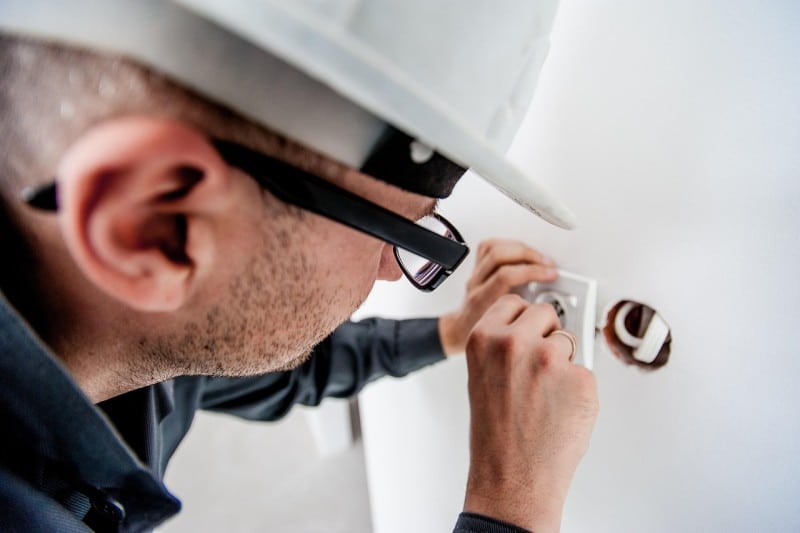A 2024 American Home Shield survey revealed that 87% of homeowners faced a home issue requiring professional attention, yet over 33% couldn’t afford an emergency repair costing more than $1,000. Facing an unexpected bill that high can throw any household off balance. Fortunately, a few proactive maintenance steps can significantly reduce the need for emergencies. From keeping valves in check to clearing out sediment, small tasks go a long way in protecting your wallet and your peace of mind.
Checks That Boost System Health
A regular water heating service inspection doesn’t have to be complicated. Homeowners can test the pressure relief valve, watch for leaks, and check whether water temperatures remain steady. Early signs like dripping valves or inconsistent heating indicate that the system is under stress. Addressing these issues quickly prevents bigger failures such as tank bursts or thermostat damage. Performing quick checks a couple of times a year helps ensure a longer-lasting system. Acting early also means you won’t be left scrambling when sudden breakdowns lead to costly and inconvenient emergency repair bills.
Flushing the Tank for Longer Life
Mineral deposits naturally collect inside hot water tanks. Over time, these sediments sink to the bottom, reduce efficiency, and cause the system to make rumbling or popping noises. Left unchecked, buildup places extra strain on heating components and reduces water flow. Flushing the tank once a year helps remove this debris and restores proper performance. A clean tank is less likely to overheat or suffer from damaged elements. Regular flushing also supports consistent hot water delivery and helps extend the overall lifespan of the heater, sparing homeowners from sudden malfunctions and unplanned expenses.
Anode Rod Check Reduces Corrosion Risk
Inside every water heater, the anode rod works silently to prevent rust. It corrodes in place of the tank, shielding the system from serious damage. However, once the rod is completely worn out, corrosion begins attacking the tank itself. This eventually leads to leaks or total failure if ignored. Inspecting the anode rod every few years ensures the system remains protected. Replacing it when necessary is a simple but highly effective way to extend the life of the unit. This one task can save homeowners from unexpected emergencies that require the costly replacement of the entire heater.
Pressure Relief Valve Testing for Safety
The pressure relief valve is essential for preventing dangerous pressure buildup inside the tank. When it works properly, excess pressure is safely released. If it sticks or fails to open, the risk of rupture or flooding rises sharply. Homeowners can test the valve annually by gently lifting the lever and checking that it closes again correctly. If problems appear, professional help is necessary. A reliable valve not only keeps the system safe but also protects the structure of the home. Regular testing provides peace of mind, knowing this vital safety feature is functioning as intended.
Things to Consider When Calling a Professional
- Qualifications and licensing of the technician
- Experience with your specific heater type (electric, gas, or solar)
- Reputation and reviews from other homeowners
- Clear explanations and transparent pricing
- Availability of maintenance or service plans
Emergency repair bills can arrive without warning, but consistent upkeep makes them less likely. Simple steps such as flushing the tank, testing the safety valve, or checking the anode rod can make all the difference. By focusing on prevention instead of reaction, you protect your home and avoid the stress of sudden failures. Calling a professional when warning signs appear ensures the job is done right. In the end, maintenance is more than a chore; it is a cost-effective habit that secures both comfort and financial peace of mind.

